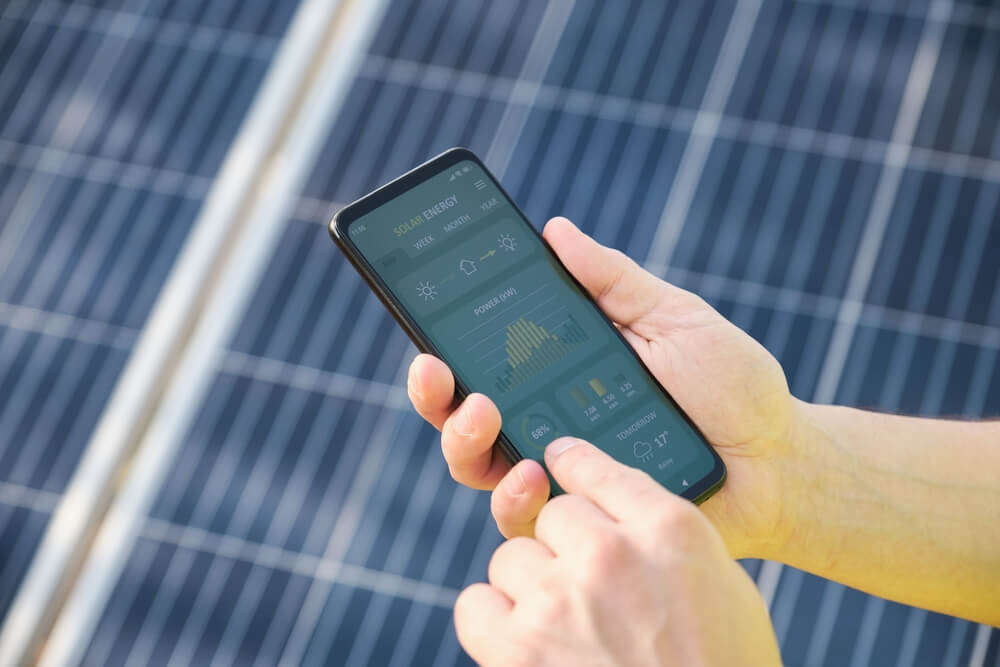While solar power systems can provide you with an eco-friendly, cost-efficient energy alternative to grid electricity, it’s important to be aware of the ongoing monitoring and maintenance that is required from time to time. Regular testing is essential if you want to ensure that your solar panels are working optimally and not underperforming due to any issues or damage.
In this guide, we’ll walk you through the different aspects of testing solar panels yourself – from identifying common problems within a system, through to exploring useful tips on how regular checkups can help prevent further complications arising over time.
On this page, you’ll find:
Advertisement
Why is testing solar panels important?
Testing your solar panels is crucial in ensuring that they’re performing optimally and producing the amount of energy required for your household. Regular testing allows you to detect issues such as shading, broken cells, or cable damage. It also helps you detect if your solar panels are underperforming, which could be a result of an aging system, dust accumulation, or unusually low sunlight.
Accurate testing results enable you to make informed decisions on whether to maintain, repair or replace your solar system.

How to test your solar panels effectively
One of the easiest ways to test your solar panels is through the use of monitoring apps and technology. These apps and systems allow you to keep an eye on your solar system’s performance on your smartphone or computer. Some of the popular applications include the mySolarEdge app, Enphase Enlighten, and Renogy DC Home.
By using these types of apps, you can monitor the amount of energy produced, consumption, and even the cost savings. This helps you identify any changes in performance and detect any faults that need fixing.
How to test a solar panel with a multimeter
If you’re not much of an app person or prefer to go straight to the solar panel itself, then you have options. Multimeters are handy tools that you can use to test the performance of your solar panels. To test a solar panel with a multimeter, you’ll need to do the following:
- Set the multimeter to DC voltage mode
- Connect the positive and negative probes to the panel’s positive and negative terminals
- Check the voltage reading on the multimeter. It should be within a range of your solar panel’s output voltage
A voltage reading that’s significantly lower than the rated output voltage of your solar panel could indicate a connection problem or a faulty panel. Keep in mind there are a range of multimeters on the market, most of which can be found at your local auto retailer or hardware store.
Compare solar electricity plans in your state
Here are some of the cheapest solar-specific deals from the retailers on our database. These costs are based on the Ausgrid network in Sydney but prices will vary depending on your circumstances. We show one product per retailer, listed in order of lowest price first. Annual price estimates assume general energy usage of 3900kWh/year for a residential customer on a single rate tariff. Price estimates exclude solar feed-in tariff credits. These are products from referral partners†. Our database may not cover all deals in your area, and please check retailer websites for up to date information.
Here are some of the cheapest solar-specific deals from the retailers on our database. These costs are based on the Citipower network in Melbourne but prices will vary depending on your circumstances. We show one product per retailer, listed in order of lowest price first. Annual price estimates assume general energy usage of 4000kWh/year for a residential customer on a single rate tariff. Price estimates exclude solar feed-in tariff credits. These are products from referral partners†. Our database may not cover all deals in your area, and please check retailer websites for up to date information.
Here are some of the cheapest solar-specific deals from the retailers on our database. These costs are based on the Energex network in Brisbane but prices will vary depending on your circumstances. We show one product per retailer, listed in order of lowest price first. Annual price estimates assume general energy usage of 4600kWh/year for a residential customer on a single rate tariff. Price estimates exclude solar feed-in tariff credits. These are products from referral partners†. Our database may not cover all deals in your area, and please check retailer websites for up to date information.
Here are some of the cheapest solar-specific deals from the retailers on our database. These costs are based on SA Power network in Adelaide but prices will vary depending on your circumstances. We show one product per retailer, listed in order of lowest price first. Annual price estimates assume general energy usage of 4000kWh/year for a residential customer on a single rate tariff. Price estimates exclude solar feed-in tariff credits. These are products from referral partners†. Our database may not cover all deals in your area, and please check retailer websites for up to date information.
How to test a solar panel without a multimeter
Suppose you don’t have a multimeter but you still want to test your solar panel’s efficiency. In that case, you can use other visual indicators, such as a brightness test.
On a sunny day, bring a standard 12V light bulb close to the panel, and aim it directly at the surface of the solar panel. If the light gets brighter, it usually means your solar panel is producing power accurately. If the brightness doesn’t change even after trying this test from different angles, it may indicate issues with your solar panel’s output.
Other ways to test a solar panel without a multimeter include:
- Voltage test: Check is the panel is generating electricity using a low-voltage LED
- Shadow test: Assess the overall health of the panel by looking for consistent shadow patterns
- Visual inspection: Inspect the panel for any physical damage, loose connections, or signs of wear
You may be interested in:
When should you consult a solar professional?
While you can perform some basic tests on your solar panels, it’s crucial to know when to consult a solar professional. If you’ve identified some problems with your solar system, such as shading or damaged cables, professional assistance might be required to fix the issue.
Also, if your solar panels have experienced continuous shading, no power output, or significantly low output for an extended period, it may be time to bring in an expert.
Testing your solar panels: Is it absolutely necessary?
Testing and monitoring your solar system’s output periodically is essential in optimising its energy-producing capability. The use of monitoring apps, multimeters, and visual indicators are some of the ways homeowners can test their solar panels without professional assistance.
Always remember that a well-maintained solar system leads to maximum energy production and optimal cost savings. Thus, consulting experienced solar professionals for more challenging issues is generally always advisable.



Share this article